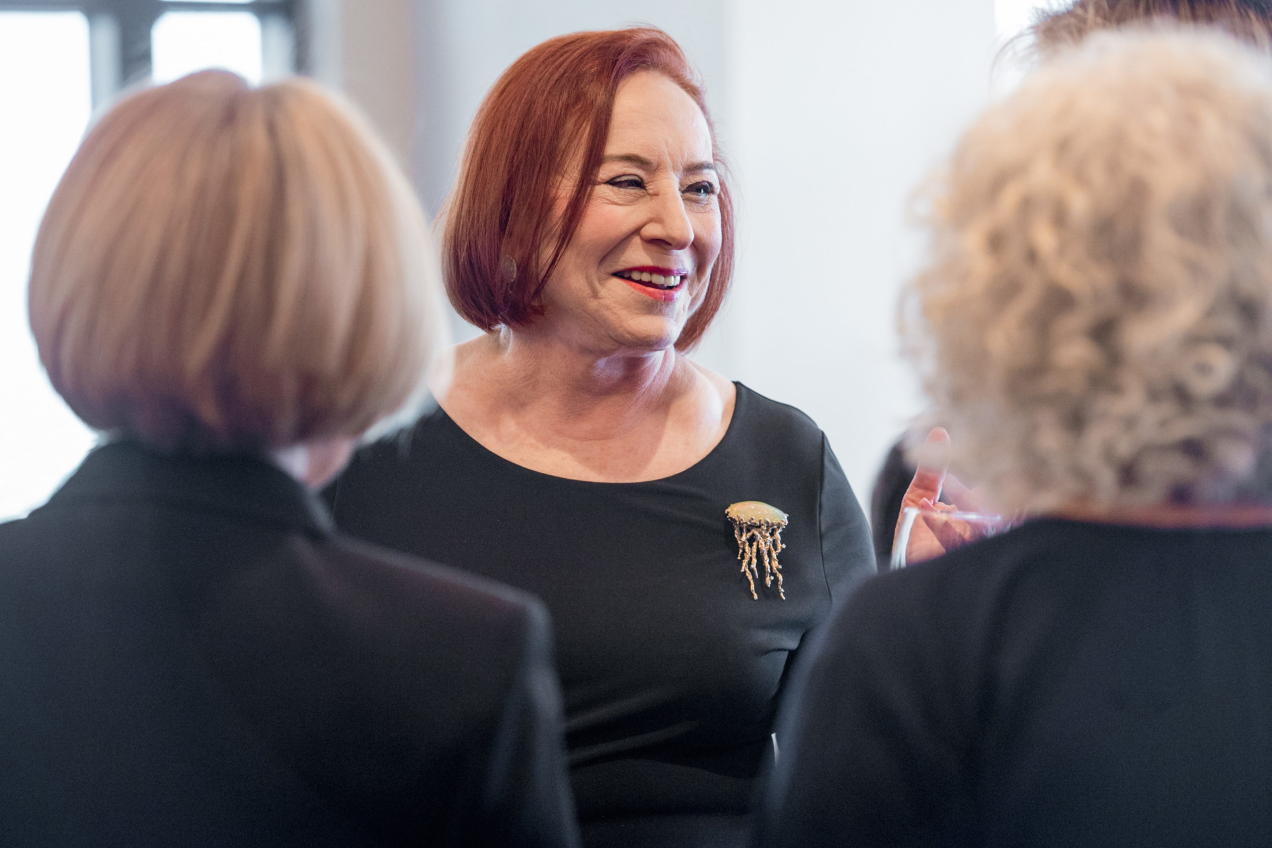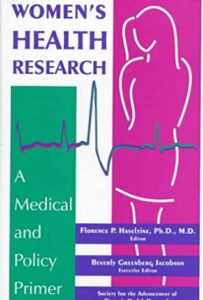Women were intentionally excluded from participating in most medical research, setting a dangerous precedent that overlooked fundamental biological differences between women and men.
In 1990, the Society for Women’s Health Research (SWHR) was founded by Dr. Florence Haseltine to confront this injustice and change the culture of medical research. Thanks to SWHR and other advocacy groups, women are now routinely included in medical research and make up a larger portion of the scientific workforce, and scientists are studying how biological sex differences affect the prevention, diagnosis, and treatment of disease.
Since its founding, SWHR has fought to bring attention to research gaps and unmet needs in women’s health and to advance its mission to eliminate imbalances in care for women through science, policy, and education.
SWHR is making women’s health mainstream.

 The Society for Women’s Health Research (SWHR) was founded by Dr. Florence Haseltine, along with other physicians, medical researchers, and health advocates, to change the culture of medical research and advocate for the inclusion of women in clinical research at a time when they were being actively and intentionally excluded.
The Society for Women’s Health Research (SWHR) was founded by Dr. Florence Haseltine, along with other physicians, medical researchers, and health advocates, to change the culture of medical research and advocate for the inclusion of women in clinical research at a time when they were being actively and intentionally excluded. In addition to strengthening its policy of inclusion, NIH also established the
In addition to strengthening its policy of inclusion, NIH also established the  The Office on Women’s Health within the Department of Health and Human Services (HHS) was created to serve as the focal point for women’s health across all HHS offices and agencies. Later that year, OWH published the
The Office on Women’s Health within the Department of Health and Human Services (HHS) was created to serve as the focal point for women’s health across all HHS offices and agencies. Later that year, OWH published the  SWHR helped establish the
SWHR helped establish the  A congressional mandate created the FDA
A congressional mandate created the FDA  Then-First Lady Hillary Rodham Clinton
Then-First Lady Hillary Rodham Clinton 